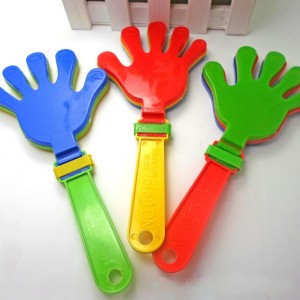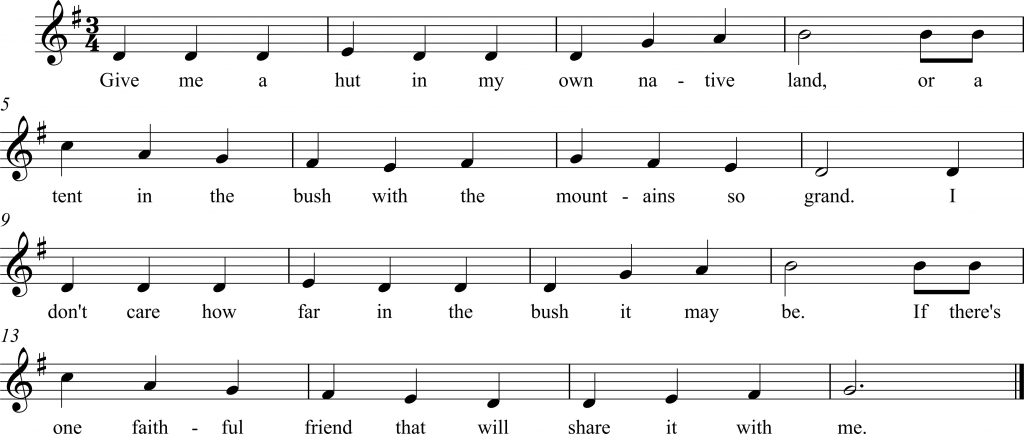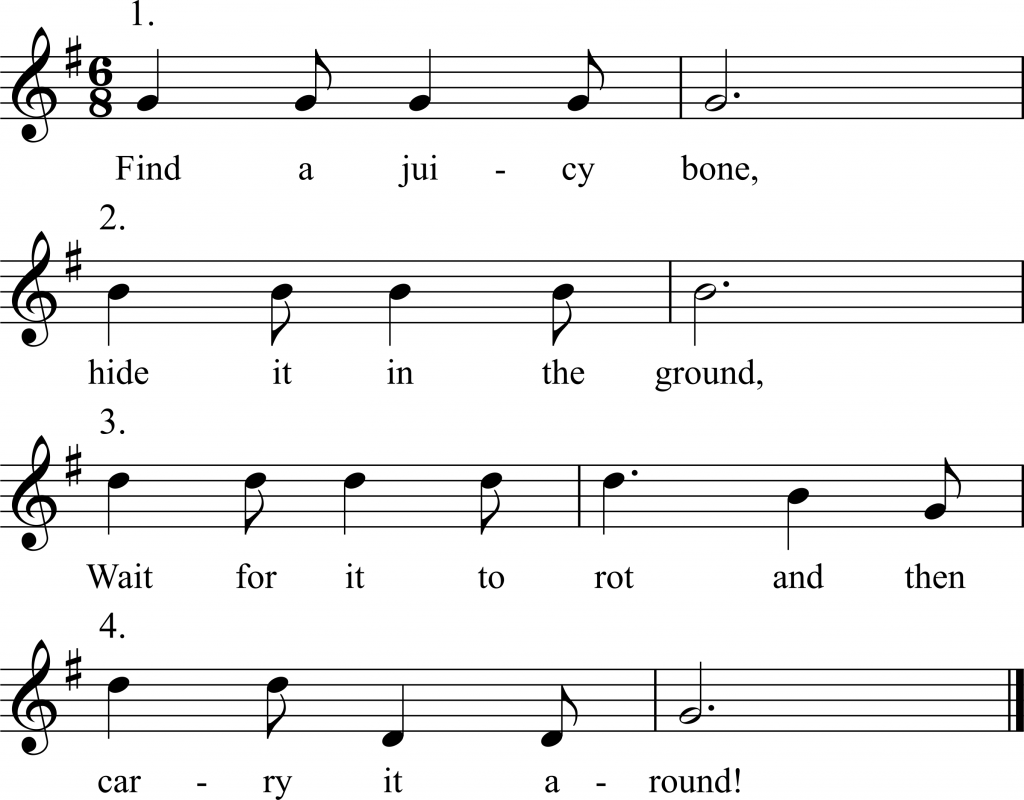Musical Games and Movement Activities for Instrumental Groups
Comments Off on Musical Games and Movement Activities for Instrumental Groups“We should see the child as the musician and the instrument as the expression of the inner musician”.
The use of musical games and movement activities in instrumental programs of any kind enhances our students’ enjoyment of music. It also fosters a positive attitude within the classroom.
It can be an introduction to singing for students in a non-threatening environment (where “singing” is not the focus and therefore not intimidating). Activities involving movement, such as the games and activities presented in this workshop, can also give students (and their teachers) a “break” in concentration. This is especially good during a long instrumental ensemble music lesson or rehearsal. Also, it can reinvigorate the class for the rest of the lesson’s activities!
 Movement Activity Examples
Movement Activity Examples
- Beat and rhythm (walking the beat). Students sing the chosen song or melody of an instrumental work (on neutral syllable, with the words/ solfa/ letter names/ rhythm names). They do this while clapping the rhythmic pattern while walking the beat.
- Beat to rhythm (walking the beat). Students sing the chosen song or melody of an instrumental work (on neutral syllable, with the words/ solfa/ letter names/ rhythm names). They do this while clapping the rhythmic pattern as well as walking the beat. When you as the teacher gives an agreed signal (e.g. striking a drum, holding a sign with the word rhythm on it etc.) your students swap to clapping the beat and so on.
- Body Percussion Metre. Sing songs with body percussion emphasising strong and weak beats e.g. clap hands on the strong beat and click fingers on the other beats of each bar.
- Body Percussion Rhythm. Sing songs with body percussion emphasising particular rhythms e.g. clap hands on the crotchets and click fingers on the quavers etc.
- Conducting. Students should be able to conduct the beat as rest of class plays known song or rhythmic pattern.
- Echo clapping/playing. You clap or play a bar of rhythm (using only elements known consciously by your students) and they play the rhythm back (on one given note). They then clap it back while saying the rhythm names. This is a form of instant rhythmic dictation.
Here are a couple of great games that work well with ensembles:
Give Me A Hut Traditional Australian folksong, game instructions by Deborah Smith.
Formation: Your students  sit in a single circle holding their hands out in front of the people beside them. Their left hand should face up under the person’s hand on their left. Their right hand should face down on top of the person’s hand on the right.
sit in a single circle holding their hands out in front of the people beside them. Their left hand should face up under the person’s hand on their left. Their right hand should face down on top of the person’s hand on the right.
Actions: On each beat for the first six beats, using your right hand, hit your neighbour’s left hand. Then hit your right knee, your left knee, under your left hand then clap on top of your left hand twice.
For the next six beats, using your left hand, hit your neighbour’s right hand then your left knee, your right knee, under your right hand then clap on top of your right hand twice. Repeat to end of song.
Find A Juicy Bone Song and Game by Jenny Gillan (jennygillan.com.au)

Formation: Students standing in pairs facing their partners.
Actions:
Beat 1 Pat own knees Beat 2 Clap own hands together
Beat 3 Clap both hands to partners’ both hands Beat 4 Clap own hands together
Beat 5 Clap RH to partner’s RH Beat 6 Clap own hands together
Beat 7 Clap LH to partners’ LH Beat 8 Clap own hands together
Beat 9 LH palm facing down claps partner’s RH palm facing up WHILE RH palm facing up claps partner’s LH palm facing down.
Beat 10 Clap own hands together
Beat 11 LH palm facing UP claps partner’s RH palm facing DOWN WHILE RH palm facing DOWN claps partner’s LH palm facing UP
Beat 12 Clap own hands together
Beat 13 Hands palms together tap partner’s hands closed together – back of left hands touching and stay touched for whole of action
Beat 14 Clap right hand to partner’s RH above hands together.
Beat 15 Clap (while left back of hands are still joined together)
Beat 16 Clap Right hand to partner’s RH below Left hands, which are still joined together
So these are just a few of the ideas that keep ALL my students engaged in my ensemble classes and rehearsals. Don’t forget to have a look at dsmusic.com.au for lots more ideas and resources!




Comments are closed